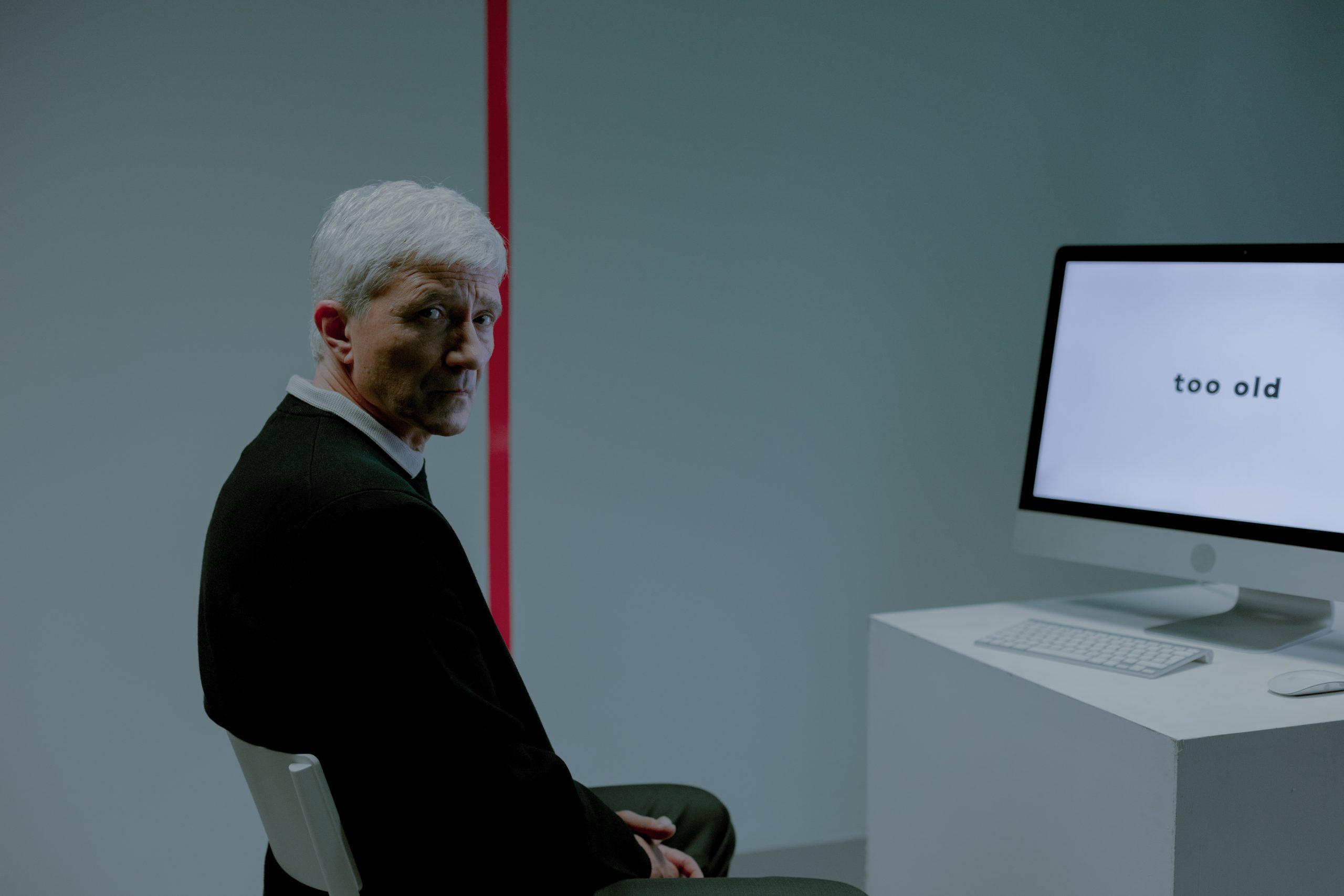
What is Ageism? Here is how it’s defined by the World Health Organization (WHO): “Ageism refers to the stereotypes (how we think), prejudice (how we feel) and discrimination (how we act) towards others or oneself based on age.”
In the workplace, when an employee gets poor treatment and is denied career opportunities because of their age. It’s usually directed toward a certain age group. In the beginning, ageism targeted mostly older individuals. This is why the Age Discrimination in Employment Act (ADEA) was put into law to help job seekers and employees above the age of 40.
We need to fight against this kind of work prejudice as best as we can.
Firstly, promote diversity and inclusion. Create a culture where all employees are valued and treated with respect, regardless of their age. Always offer the same opportunities for career development and advancement to all employees, and provide training and support for everyone to ensure that they have the skills and knowledge needed to succeed in their roles.
Next, raise awareness of ageism and its negative consequences. This can be done through education and training programs that teach employees about the importance of diversity and inclusion and the negative impacts of ageism on both individuals and organizations. It can also be helpful to establish an open and inclusive workplace culture where employees feel comfortable discussing issues related to ageism and where there are clear channels for reporting any instances of discrimination.
Employers can also take steps to ensure that their recruitment practices are non-discriminatory. This can include using unbiased language in job descriptions, ensuring that job requirements are necessary and not designed to exclude older candidates, and using objective criteria to evaluate candidates rather than relying on stereotypes about age.
Consider implementing policies that are designed to retain older workers. For example, they could offer flexible work arrangements, such as part-time or remote work, which can be beneficial for older employees who may have family or caregiving responsibilities. Employers could also offer phased retirement or mentorship programs, which can help to retain the knowledge of older workers while also providing opportunities for career development for younger employees.
Finally, it is important to recognize that combating ageism in the workplace is a collective effort that requires the commitment and involvement of all employees. This can involve speaking up against ageist comments or behaviors, supporting and advocating for colleagues who may be facing age-related discrimination, and participating in diversity and inclusion initiatives.
DCC understands that age can never be a measure of skill or ability and completely believe that ageism has no room in today’s workplace. These behaviors can be dealt with through our Organizational Development programs, where an organization is deeply examined holistically, and solutions are inserted in various parts of the company’s culture. Let’s discuss the key points of our program. Please email us at info@davidcouperconsulting.com.
